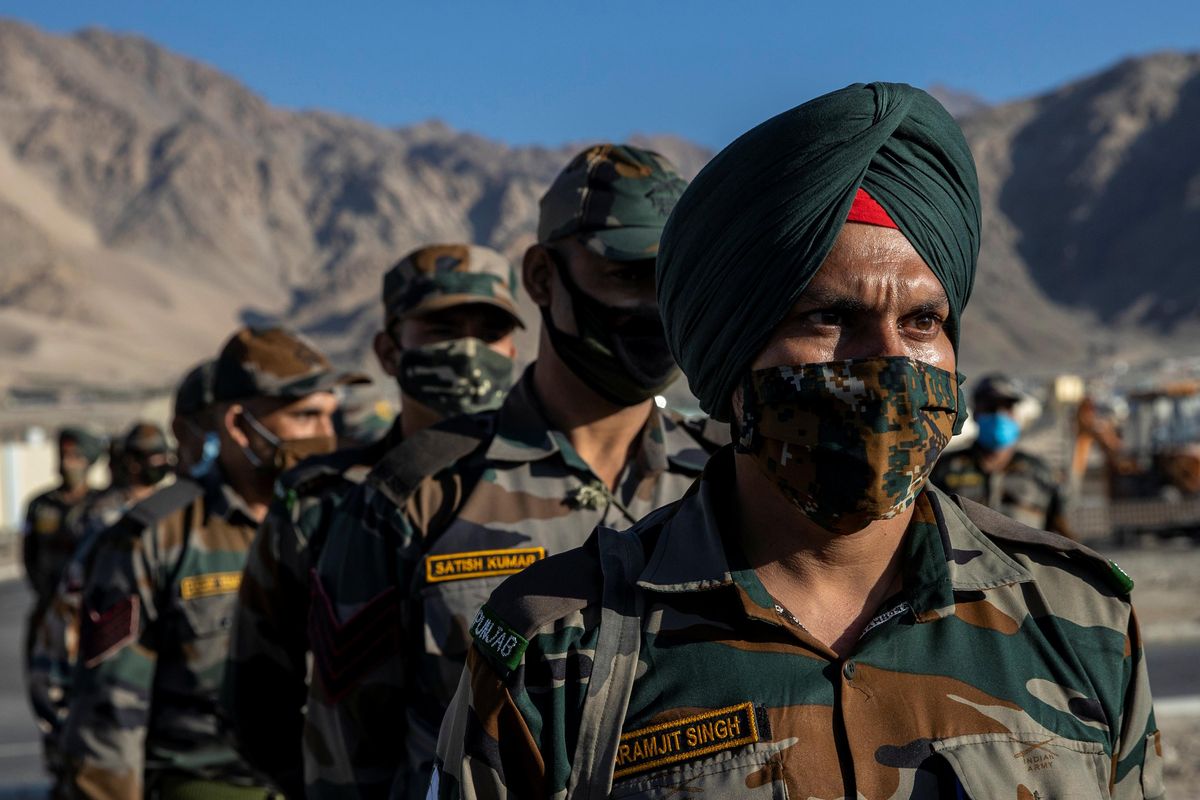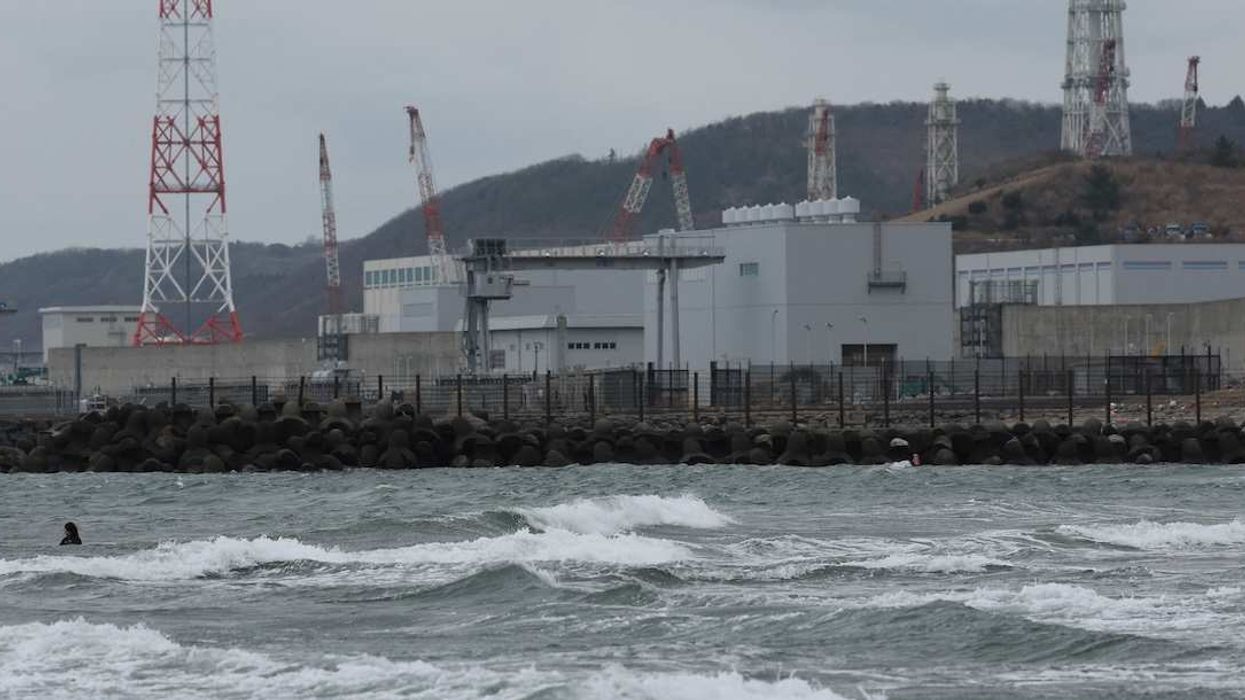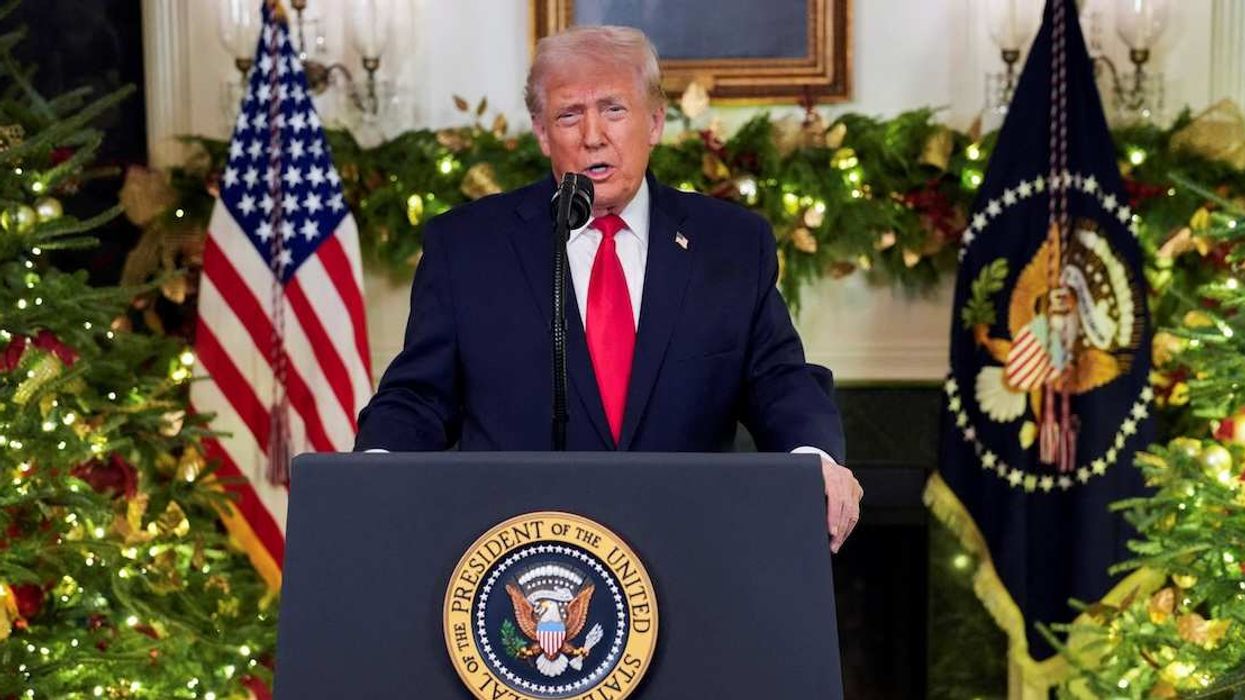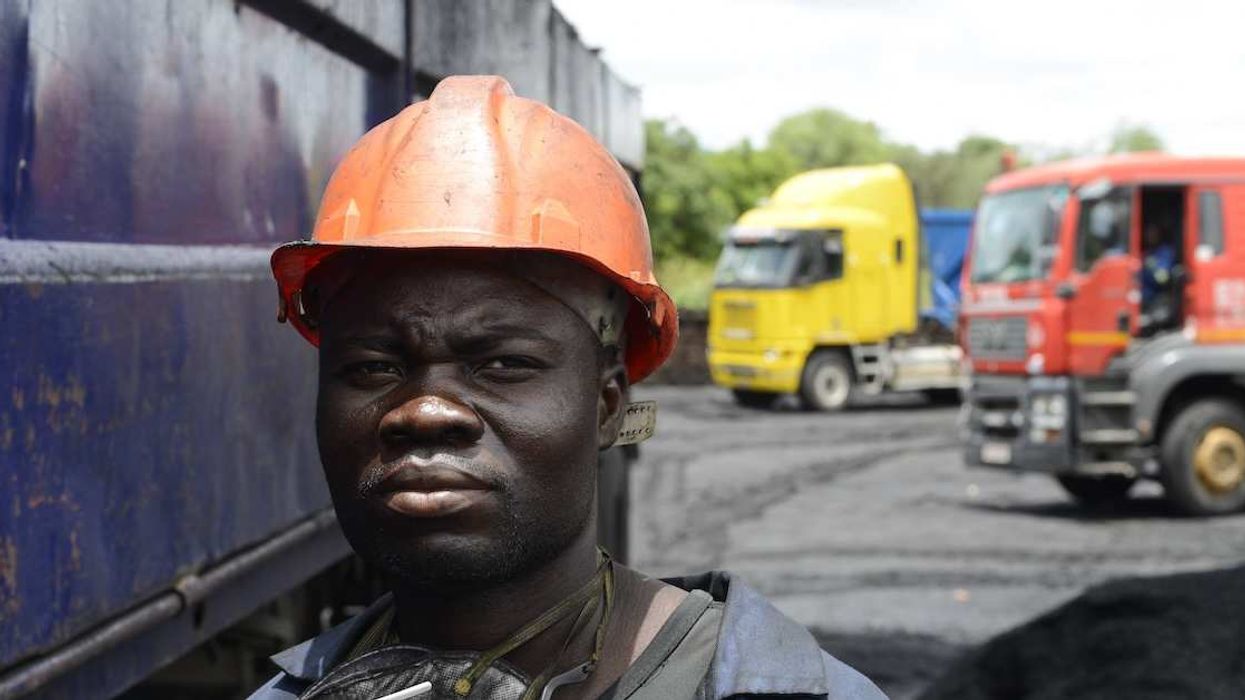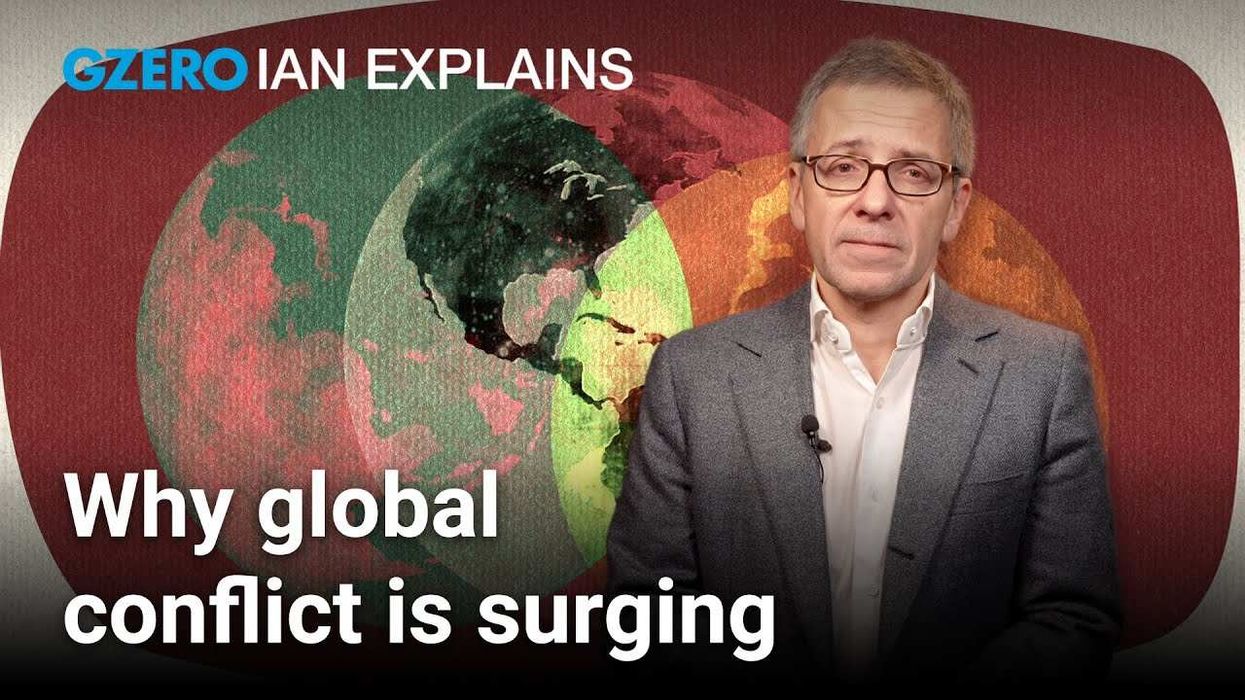After facing off in the western Himalayas for over two years, with more than 100,000 troops deployed in what is considered the world’s highest battlefield, the Chinese and Indian militaries are finally disengaging.
The latest breakthrough, announced Thursday, comes after 16 rounds of negotiations conducted since June 2020, when some 20 Indian soldiers and at least four Chinese troops were killed in a rare bloody skirmish. This was the worst fighting between the two sides there since a 1962 border war won by China and strained ties between Beijing and Delhi.
But while the Indians continue to negotiate with the Chinese, what does this mean for India’s perceived position as a natural “counterweight” to China? Indeed, since Russia’s invasion of Ukraine, Delhi has bolstered its relationship with Moscow, Beijing’s new partner “without limits.” Are the Indians in fact trying to play all sides by moving closer to the China-Russia axis while staying a US strategic partner?
Not so fast. It ain’t over yet as far as military tensions go.
According to the Indians, the latest development involves the Chinese backing off from Gorga-Hotsprings, their least invasive “encroachment” that Delhi claims Beijing’s troops made in 2020. Larger tracts of territory — including the Depsang Plateau, which India claims — still have Chinese boots on the ground. Both sides have enough personnel and military hardware in the region to still argue they’re on war footing.
“I won’t say that the standoff is resolved yet,” says Akriti Vasudeva, a fellow at the Stimson Center’s South Asia Program. “Disengagement is just removing the frontline troops from their eyeball-to-eyeball-positions with each other to an agreed-upon distance back.”
What’s more, neither the Chinese nor the Indians have actually left the area or packed up their gear. And not a word yet on when the troops will return to their peacetime positions along the Actual Line of Control, the region's de-facto but disputed border.
For Derek Grossman, a senior defense analyst at the RAND Corporation, the peace is unlikely to hold given that China fundamentally disagrees with the Indian position on the border. Moreover, he expects incursions to continue because it’s essentially been written out: in October 2021 Beijing passed a new border law encouraging both the military and civilians to assert Chinese sovereignty in disputed areas.
So, what triggered the latest thaw? For one thing, events that are around the corner. China’s President Xi Jinping and India’s PM Narendra Modi are scheduled to meet this week in Uzbekistan, where both will be attending the Shanghai Cooperation Organization summit, a multilateral franchise of decades of diplomatic coordination between Moscow and Beijing, which India joined in 2017.
As the relationship between Beijing and Delhi hasn’t exactly been warm for a while, Xi and Modi probably “want to demonstrate that they are able to resolve issues,” says Raffaelo Pantucci, a senior associate fellow at the Royal United Services Institute.
For another, perhaps they’ve just gotten weary of the harshness of mountain warfare.
The agreement could well “just be the natural outcome of a long negotiation period at a time where India and China were both finding it hard to sustain their troop deployments in the Ladakh area, especially with winter approaching soon,” Vasudeva explains.
More importantly, the Himalayan deal is the most recent example of India’s fluid approach to diplomacy. Delhi’s policy of “strategic autonomy” – which follows decades of official non-alignment – allows India to adopt a pick-and-choose framework of diplomacy, hopping in and out of understandings with partners and friends depending on India’s evolving interests.
For instance, as it continued an advanced maritime security dialogue with the US last week, Indian troops joined the Russian and Chinese military in exercises in Russia’s far east, despite American concerns. The same week, while Delhi pulled out of the US-led Indo-Pacific Economy Framework, it planned its own bilateral trade-policy forum with the Americans.
This “your thing, our way” code of doing business cuts across the board. While India is a member of the Quad dialogue alongside Australia, Japan and the US, it remains engaged with Russia and China on the diplomatic, trade, and even defense fronts.
Modi buys Russian oil, yet hangs out regularly with the G7 gang. Even now that they've reached the disengagement agreement with Beijing, the Indians are planning on conducting joint drills with US forces near the disputed Himalayan territory.
For India, the policy works because it keeps competitors on their toes, and entices partners to keep courting India and even fighting for its business. But for those who are counting on India to be a dependable partner, even an ally, and a counterweight to China, the gates of New Delhi aren’t exactly wide open.
Pantucci sees two major holes in the argument that India is a natural counterweight to China.
First, “they have lots of problems at home that cause issues with the Western powers. These are pressures of democracy.” Second, he says, “the truth is that the Indians always wanted to hedge and put themselves in a more non-aligned space than any kind of bloc against somebody else.”
But the recent disengagement doesn’t change the fundamental reality that Delhi considers China as a strategic threat. In fact, Vasudeva points out, “the 2020 standoff further reinforced the thinking in Delhi that whatever India has done in the last few years to accommodate China … has not helped and China has continued to undermine Indian interests.”
India, she adds, no longer believes it can improve its relationship with China for the better. As far as Delhi is concerned, all that can be done is to manage the relationship so it doesn’t get worse.
